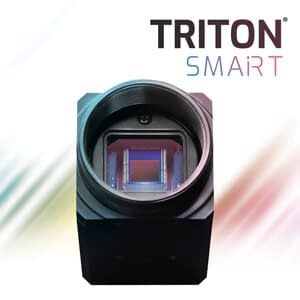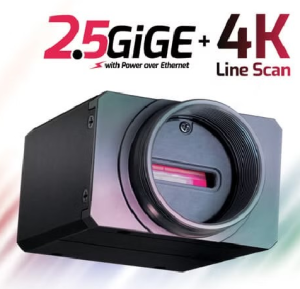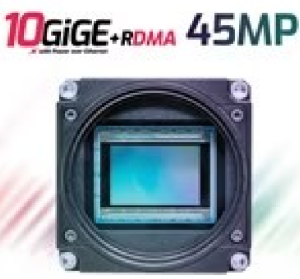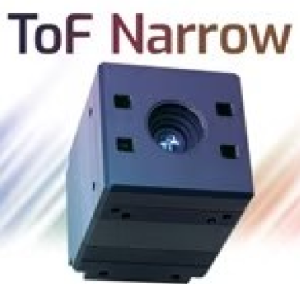LUCID is set to introduce the first member of its intelligent vision camera family, the Triton® Smart camera featuring Sony’s IMX501 intelligent vision sensor with AI processing. The Triton Smart is an easy-to-use, cost-effective intelligent vision camera capable of outputting inference results alongside regular 12.3 MP images for every frame. Its on-sensor AI processing reduces data bandwidth, alleviates processing load on the host PC, and minimizes latency.
Expanding the Triton2 – 2.5GigE camera family, LUCID will showcase two new models for advanced sensing applications. The Triton2 EVS event-based 2.5GigE cameras, powered by Sony’s IMX636 or IMX637 vision sensor and our Arena® SDK as well as PROPHESEE’s Metavision® SDK, is designed to deliver enhanced performance, lower power consumption, and greater flexibility for machine vision applications. It is ideal for motion analysis, vibration monitoring, object tracking, optical flow, autonomous driving, and high-speed detection.
Additionally, the new Triton2 4K line scan camera, equipped with Gpixel’s GL3504 image sensor, will also be unveiled. Featuring 4096 (H) x 2 (V) at 3.5 μm pixels, this camera is ideal for high-speed, high-resolution imaging.
The Atlas10 camera – 10GigE camera family is welcoming a new high-resolution model featuring the 45-megapixel (8192 x 5460) onsemi XGS45000 CMOS global shutter image sensor, capable of running at 16 fps. This RDMA-enabled camera offers a unique combination of high resolution, high frame rate, and superior image quality, making it well-suited for applications such as flat panel inspection, aerial surveillance, mapping, and electronics inspection.
LUCID is also expanding its Helios®2 3D Time-of-Flight camera family with the introduction of the Helios2 Narrow Field-of-View (FoV) variant. This model integrates Sony’s DepthSense™ IMX556PLR back-illuminated ToF image sensor. It produces a tighter point cloud, and the narrower illumination area reduces the likelihood of multipath error, making it ideal for applications requiring precise 3D depth measurement in confined spaces.

